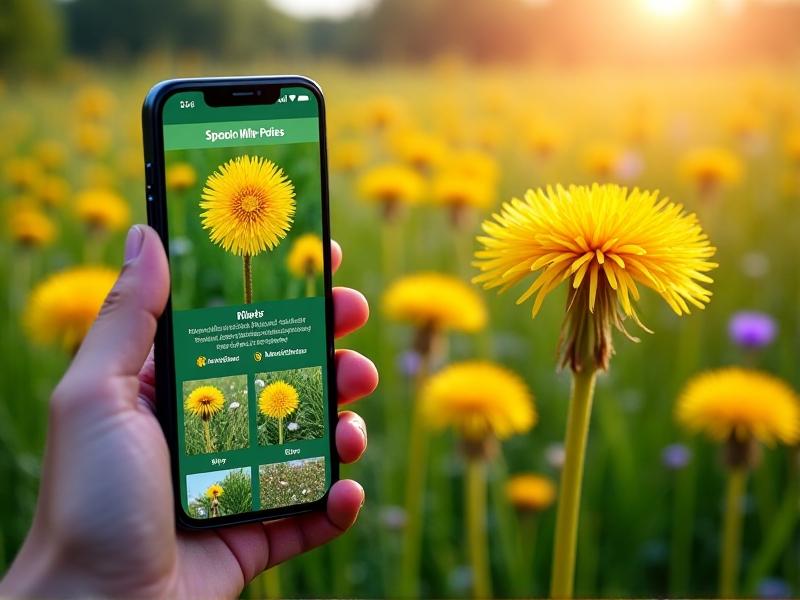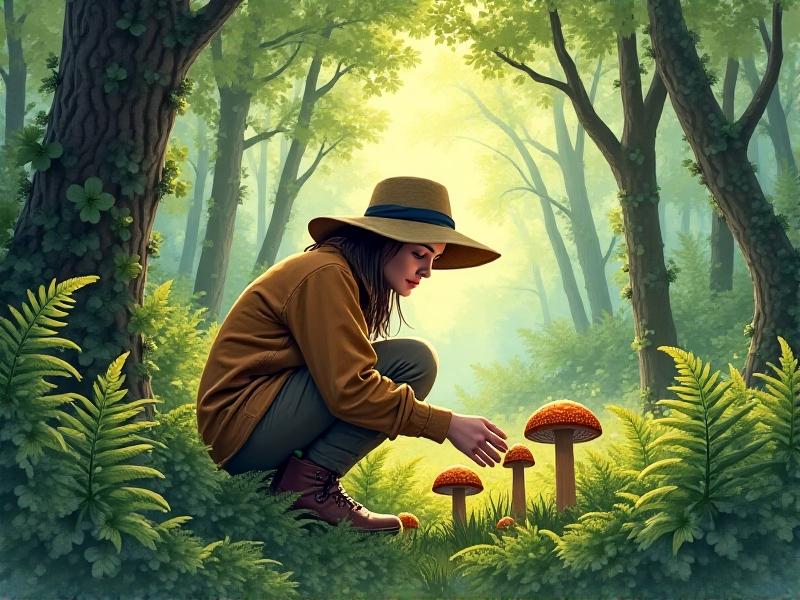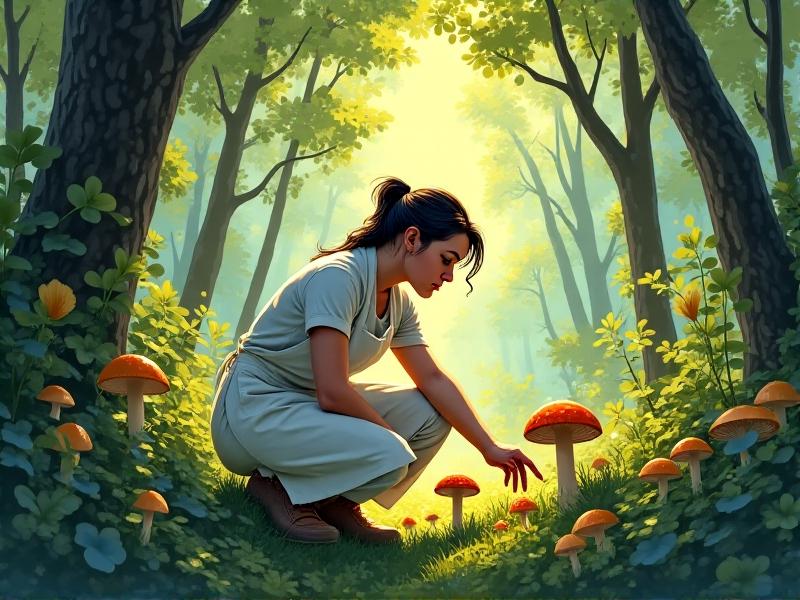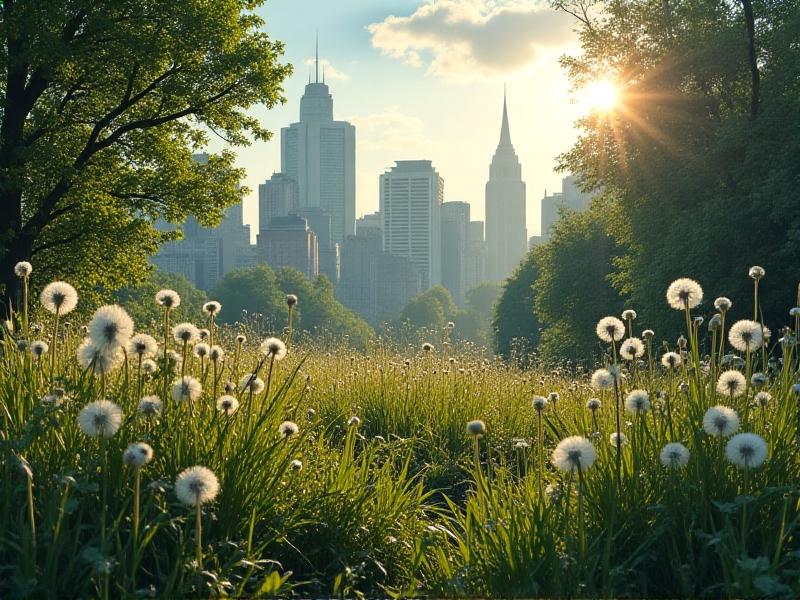Identifying Common Edible Weeds in Urban Environments: A Visual Guide
Introduction to Urban Foraging and Edible Weeds
Urban foraging is the practice of identifying, collecting, and consuming wild plants found in city environments. While often overlooked, many common weeds are not only edible but also nutritious and flavorful. This guide will introduce you to the world of urban foraging, focusing on identifying and safely consuming edible weeds. Whether you're a seasoned forager or a curious beginner, this visual guide will help you recognize these plants in your local parks, sidewalks, and even your backyard.

Why Forage for Edible Weeds?
Foraging for edible weeds offers numerous benefits. These plants are often rich in vitamins, minerals, and antioxidants, providing a free and sustainable source of nutrition. Additionally, foraging encourages a deeper connection with nature and promotes environmental awareness by reducing reliance on commercially grown produce. Many edible weeds, such as dandelions and purslane, are also incredibly resilient, thriving in urban environments where other plants struggle to grow.
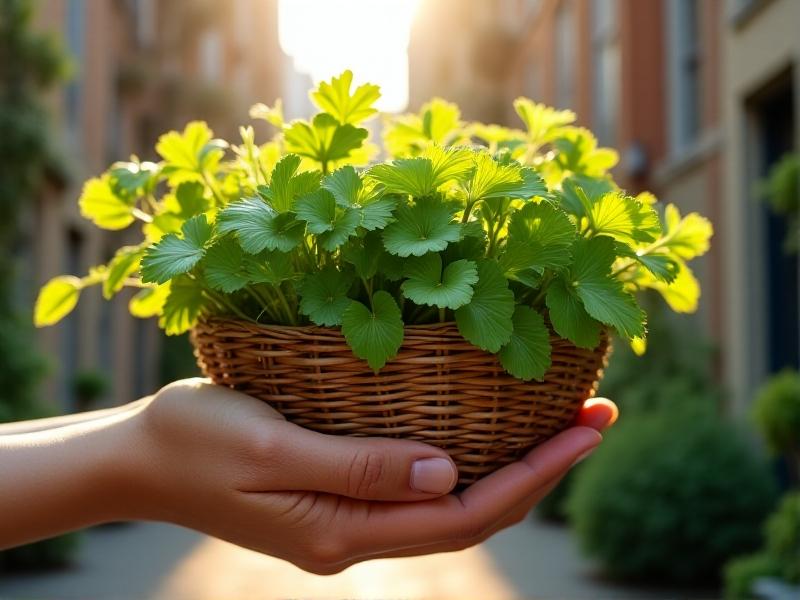
Safety First: Tips for Safe Foraging
Before you start foraging, it's essential to prioritize safety. Always positively identify a plant before consuming it, as some weeds can be toxic. Use reliable field guides or apps, and when in doubt, consult an expert. Avoid foraging in areas treated with pesticides or contaminated by pollutants, such as busy roadsides. Wash all foraged plants thoroughly, and start with small quantities to ensure you don't have any adverse reactions. With these precautions, you can enjoy urban foraging safely and responsibly.

Common Edible Weeds in Urban Environments
Urban environments are home to a variety of edible weeds. Dandelions, with their bright yellow flowers and jagged leaves, are a familiar sight and can be used in salads, teas, or even fried as a snack. Purslane, a succulent with small, fleshy leaves, is rich in omega-3 fatty acids and makes a great addition to salads. Plantain, not to be confused with the banana-like fruit, has broad leaves and can be used as a natural remedy for skin irritations. These are just a few examples of the many edible weeds waiting to be discovered in your city.
How to Identify Dandelions
Dandelions are one of the most recognizable edible weeds. They have bright yellow flowers that turn into fluffy white seed heads, and their leaves are deeply toothed, forming a rosette at the base. The entire plant is edible, from the flowers to the roots. When foraging, look for dandelions in open, sunny areas like lawns, parks, and sidewalks. Avoid plants that appear wilted or discolored, as they may have been exposed to chemicals. Dandelions are versatile and can be used in a variety of dishes, adding a slightly bitter, earthy flavor.
Spotting and Using Purslane
Purslane is a succulent weed with small, fleshy leaves and a slightly sour taste. It thrives in warm, sunny locations and can often be found growing in cracks in sidewalks or garden beds. The leaves and stems are edible and can be eaten raw in salads or cooked in soups and stir-fries. Purslane is particularly valued for its high omega-3 content, making it a nutritious addition to your diet. When foraging, look for plants with thick, juicy leaves and avoid any that appear dry or discolored.
Recognizing Plantain (Broadleaf and Narrowleaf)
Plantain is a common weed with two main varieties: broadleaf and narrowleaf. Both have long, ribbed leaves and small, inconspicuous flowers on tall spikes. Broadleaf plantain has wider leaves, while narrowleaf plantain has slender, lance-shaped leaves. The leaves are edible and can be used fresh in salads or cooked as a green. Plantain is also known for its medicinal properties, particularly in soothing skin irritations like insect bites or rashes. Look for plantain in lawns, gardens, and other disturbed areas.
Other Notable Edible Weeds to Look For
Beyond dandelions, purslane, and plantain, there are many other edible weeds worth exploring. Chickweed, with its delicate, star-shaped flowers, is a mild-tasting green that can be added to salads or sandwiches. Lamb's quarters, resembling spinach, are rich in vitamins and can be cooked like any leafy green. Clover, often found in lawns, has flowers that can be used to make tea or as a garnish. These weeds are not only nutritious but also add variety to your foraging repertoire.
Preparing and Cooking Edible Weeds
Once you've foraged your edible weeds, the next step is preparing them for consumption. Many weeds can be eaten raw, but cooking can enhance their flavor and make them easier to digest. Dandelion leaves can be sautéed with garlic, while purslane can be added to soups or stews. Plantain leaves can be blanched and used as a wrap for fillings. Experiment with different cooking methods to discover how these weeds can complement your meals. Remember to always wash your foraged greens thoroughly before use.
Urban Foraging Ethics and Sustainability
While urban foraging is a rewarding activity, it's important to practice it ethically and sustainably. Only take what you need, leaving enough for the plant to continue growing and for others to enjoy. Avoid foraging in protected or private areas without permission. Be mindful of the ecosystem and avoid damaging other plants or wildlife. By foraging responsibly, you can enjoy the benefits of edible weeds while preserving the urban environment for future generations.
Conclusion: Embracing the Bounty of Urban Weeds
Urban foraging opens up a world of possibilities, transforming the way we view the plants around us. By learning to identify and use common edible weeds, you can tap into a free, nutritious, and sustainable food source. Whether you're adding dandelion greens to your salad or brewing clover tea, these weeds offer a unique way to connect with nature and enhance your diet. So, grab a field guide, head outside, and start exploring the edible treasures hidden in your city.


